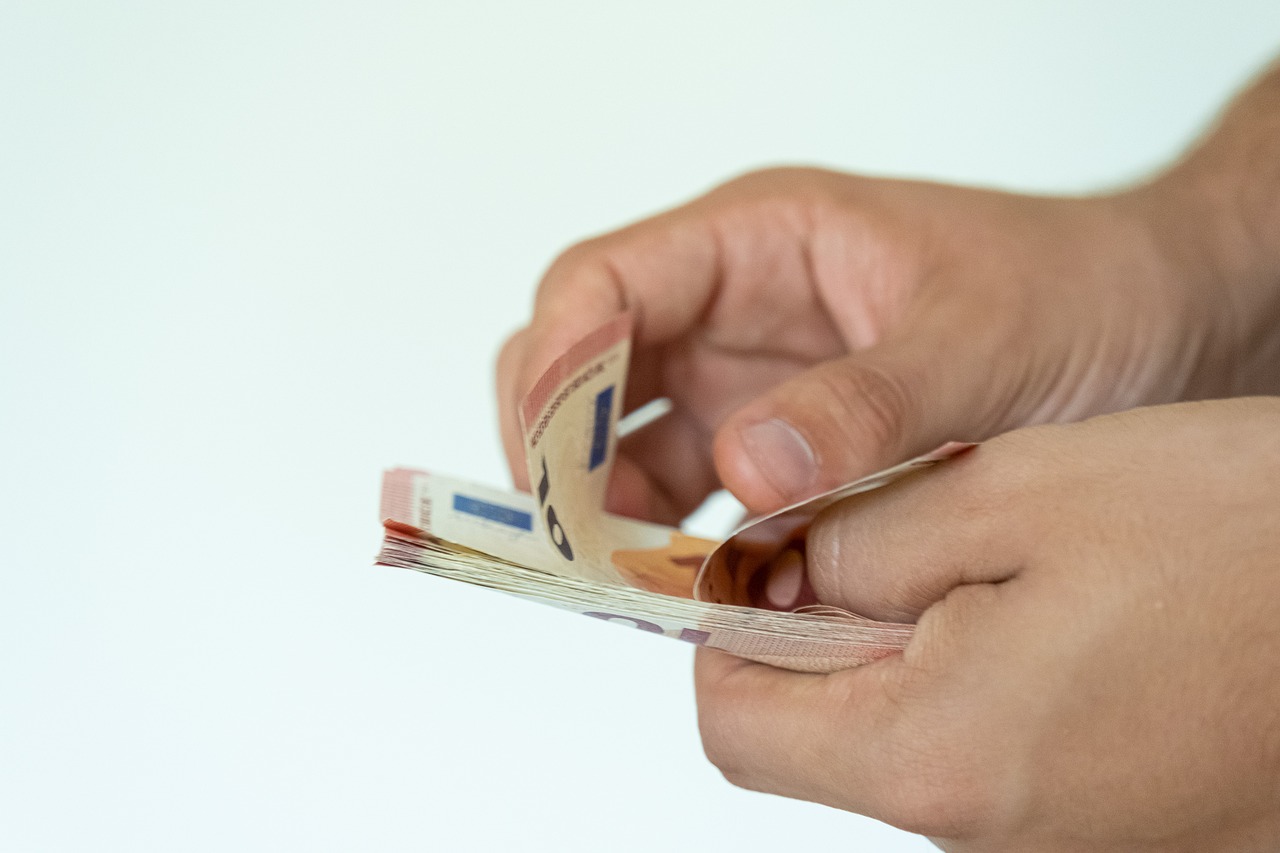Unlocking the Power of Your Debit Card: Track Transfers, Handle Losses, Send Cash via Text, Understand Exchange Rates, Navigate Limits, Dispute Transactions, and Set Up Recurring Payments
GPT_Global - 2025-03-31 22:00:15.0 322
How can I track a money transfer made from my debit card?
Tracking a money transfer made from your debit card can be crucial for ensuring that your funds reach the intended recipient securely and promptly. Many remittance services today offer simple ways to track your transactions, giving you peace of mind during the process.
First, when you initiate a transfer, you should receive a transaction confirmation via email or SMS. This confirmation typically includes a tracking number or reference code that you can use to monitor the progress of your transfer. Make sure to save this information for easy access.
Next, visit the website or mobile app of the remittance service you used. Most platforms provide a dedicated section for tracking transfers. By entering your transaction details, you can view real-time updates on the status of your money transfer, including when it was processed and when it is expected to arrive at the destination.
If you have any concerns or issues while tracking your transfer, don't hesitate to reach out to customer support. They can provide additional information and help resolve any problems swiftly. Keeping these steps in mind can make tracking your debit card money transfer straightforward and efficient.

What should I do if my debit card is lost but I want to send money?
In today’s fast-paced world, losing a debit card can be stressful, especially if you need to send money urgently. If you find yourself in this situation, don’t panic; there are alternative ways to handle your remittance needs.
First, consider using online money transfer services. Many reputable platforms allow you to send money directly from your linked bank account. By logging into your banking app or website, you can initiate a transfer quickly without needing your debit card. Just ensure that your account is secure and that you have the necessary details of the recipient.
If you have access to online banking, electronic transfers can be seamless. You could also explore options like sending money through mobile payment apps, which often require only your phone number or email address linked to your account.
Finally, reporting your lost debit card to your bank is crucial. They can block the card to prevent unauthorized transactions and guide you through ordering a new one. In the meantime, using cash or checks can also serve as temporary solutions for sending money until your card issue is resolved.
Can I send money via text message using my debit card?
In today's fast-paced digital world, sending money via text message has become a convenient option for many. If you're wondering, "Can I send money via text message using my debit card?" the answer is a resounding yes! Many remittance services now allow users to easily send funds by linking their debit cards to mobile payment applications.
To get started, simply download a trusted mobile payment app that offers this feature. Most major apps enable you to link your debit card securely, allowing you to transfer money directly to friends or family with just a few taps. This method is not only quick but also often comes with lower fees compared to traditional remittance services.
Additionally, ensure your chosen app complies with security protocols to protect your financial information. With features like two-factor authentication and encryption, you can send money via text message confidently. So, if you need to send funds swiftly, using your debit card for mobile payments might be the perfect solution for your remittance needs.
How do exchange rates affect sending money internationally from a debit card?
Sending money internationally can be a seamless experience, but exchange rates play a crucial role in determining the actual amount your recipient receives when using a debit card. When you initiate a transfer, banks and financial institutions apply their own exchange rates, which can differ significantly from the market rate. This means that even a small fluctuation in exchange rates can impact the overall cost of your remittance.
Moreover, fees associated with currency conversion may also apply, further reducing the amount received by your beneficiary. For instance, if you’re sending $100 to a relative in another country, a poor exchange rate and high fees could mean they only receive a fraction of that amount. It's essential to compare rates from different providers before making a transfer to ensure you’re sending as much money as possible.
In conclusion, understanding exchange rates is vital for anyone looking to send money internationally using a debit card. By choosing a service that offers competitive rates and lower fees, you can maximize the value of your remittance and ensure your loved ones receive the support they need.
Are there any restrictions on the amount I can send in one transaction from my debit card?
When sending money via a remittance service, many customers often wonder about the restrictions on transactions from their debit cards. Understanding these limits is crucial for ensuring smooth and hassle-free transfers.
Most remittance providers enforce specific limits on the amount you can send in a single transaction using your debit card. These limits can vary based on factors like your location, the provider's policies, and your account verification status. Typically, first-time users or unverified accounts may face lower limits to prevent fraud. As you establish a history with the service, you might have the opportunity to increase your sending limits.
It's essential to check your remittance provider’s website or contact customer support to obtain accurate information regarding transaction limits. Additionally, some providers may offer options for higher limits if you undergo enhanced verification processes. Always be sure to adhere to local regulations and the policies of your service provider to ensure compliance and security in your transactions.
In conclusion, while there are generally restrictions on debit card transactions, understanding and navigating these limits can help you optimize your remittance experience and send money efficiently.
How can I dispute a transaction made with my debit card for a money transfer?
Disputing a transaction made with your debit card for a money transfer can be daunting but necessary if you suspect fraud or an error. First, gather all relevant information including transaction details and any correspondence related to the transfer. This will help streamline the dispute process.
Next, contact your bank or financial institution as soon as possible. Most banks have a dedicated customer service line for disputes. Explain the situation clearly, providing them with the transaction details and your reasons for disputing it. Remember to ask for a reference number for your claim.
After initiating the dispute, your bank will typically investigate the claim. This may take several days. Keep a record of all communications and follow up regularly. If your dispute is resolved in your favor, you should receive a refund for the disputed amount.
In summary, staying organized and proactive is key when disputing a debit card transaction for money transfer. By following the outlined steps, you can effectively navigate the dispute process and protect your finances.
Can I set up recurring payments from my debit card to send money regularly?
When it comes to managing your finances, setting up recurring payments can simplify your life significantly. If you're considering sending money regularly for remittances, the good news is that you can indeed set up recurring payments using your debit card.
Many remittance services offer the option to link your debit card, allowing you to automate your transfers. This feature not only ensures that your payments arrive on time but also helps in budgeting by providing a predictable monthly expense. Whether you're sending money to family or paying for services abroad, this convenience can save you both time and effort.
To set up recurring payments, simply choose a remittance provider that supports debit card transactions. Register an account, enter the recipient's details, and select the frequency of the payments. Always ensure that you have sufficient funds in your account to avoid failed transactions.
In conclusion, establishing recurring payments from your debit card for remittances is a hassle-free way to manage your financial commitments. Make sure to review your transactions regularly to keep everything in check!
About Panda Remit
Panda Remit is committed to providing global users with more convenient, safe, reliable, and affordable online cross-border remittance services。
International remittance services from more than 30 countries/regions around the world are now available: including Japan, Hong Kong, Europe, the United States, Australia, and other markets, and are recognized and trusted by millions of users around the world.
Visit Panda Remit Official Website or Download PandaRemit App, to learn more about remittance info.


